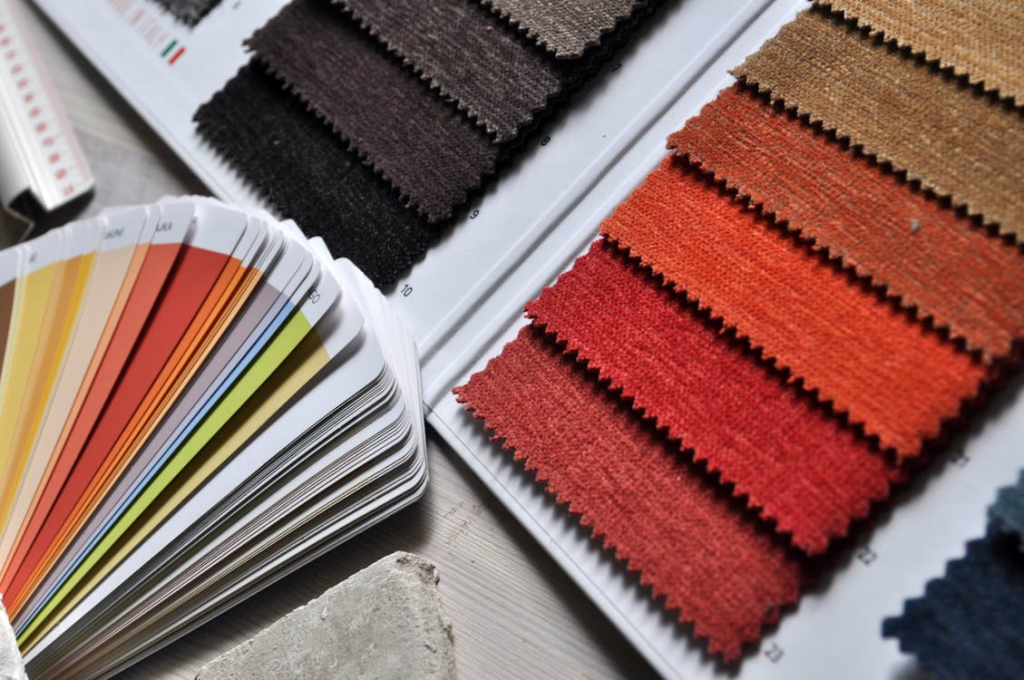The history of textiles is a tale woven with threads of innovation, craftsmanship, and cultural significance. From the primitive use of natural fibers to the high-tech fabrics of the modern era, the evolution of textiles mirrors the advancements in human civilization. This comprehensive exploration will embark on a journey through the ages, tracing the development of various fabrics and their impact on fashion, industry, and daily life.
I. Ancient Beginnings: Natural Fibers and Handwoven Fabrics
The origins of textiles can be traced back to ancient civilizations where early humans utilized natural fibers to create rudimentary fabrics. Plant fibers, such as flax and cotton, and animal fibers, including wool and silk, were among the first materials to be spun and woven into basic textiles. Handloom weaving techniques marked the beginning of textile production, setting the stage for the rich tapestry of fabrics that would follow.

II. Silk Road Splendor: The Silk Revolution
The Silk Road, the ancient trade route connecting East and West, played a pivotal role in the exchange of goods, ideas, and, most notably, silk. China’s closely guarded secret of sericulture eventually spread to the Western world, leading to a revolution in luxury textiles. Silk became synonymous with wealth and opulence, shaping the fabric of ancient trade and cultural exchange.
III. Renaissance Innovations: Velvet, Lace, and Brocade
The Renaissance era ushered in a period of flourishing creativity in textile design. Luxurious fabrics such as velvet, lace, and brocade gained popularity among the aristocracy. Intricate weaving techniques and the use of precious metals in textiles became symbols of affluence and social standing. The craftsmanship of this era laid the foundation for the textile arts that continue to be celebrated today.
IV. Industrial Revolution: Mechanization and Mass Production
The 18th and 19th centuries witnessed a seismic shift in textile production with the advent of the Industrial Revolution. Spinning jennies, power looms, and mechanized weaving processes revolutionized the industry, enabling the mass production of textiles. Cotton, a fiber once handpicked and hand-spun, became a cornerstone of the textile revolution, fueling the growth of factories and transforming the economic landscape.

V. Synthetic Wonders: Nylon, Polyester, and the Rise of Man-Made Fibers
The 20th century brought about a revolution in textiles with the invention of synthetic fibers. Nylon, developed in the 1930s, marked the beginning of a new era, offering durability and versatility. Polyester followed suit, becoming a ubiquitous fabric in the fashion and textile industry. The rise of man-made fibers not only revolutionized clothing but also found applications in various industries, from automotive to aerospace.
VI. Postmodern Textiles: Stretch Fabrics, Microfibers, and Performance Materials
The latter half of the 20th century and beyond witnessed the introduction of stretch fabrics, microfibers, and performance materials. Spandex and elastane revolutionized activewear and sportswear, offering flexibility and comfort. Microfiber technologies enhanced the softness and breathability of textiles, contributing to the development of performance-driven fabrics for diverse applications.
VII. Sustainable Textiles: Eco-Friendly Fibers and Ethical Production
As environmental concerns gained prominence, the textile industry shifted towards sustainability. Eco-friendly fibers such as organic cotton, bamboo, and hemp gained popularity, offering alternatives to traditional materials. Recycling technologies and ethical production practices emerged as key considerations, shaping a more responsible approach to textile manufacturing.
VIII. Smart Textiles: The Marriage of Technology and Fabric
In the digital age, textiles have become intelligent and interactive. Smart textiles, embedded with sensors, conductive threads, and electronic components, have entered the market. These fabrics have applications in health monitoring, wearable technology, and even fashion, showcasing the integration of technology into the very fabric of our lives.

IX. Future Horizons: Nanotechnology, 3D Printing, and Beyond
Looking ahead, the future of textiles holds promises of unprecedented innovation. Nanotechnology may revolutionize the properties of fabrics, offering enhanced strength, stain resistance, and other functional benefits. 3D printing techniques are poised to transform the way we manufacture textiles, allowing for intricate and customizable designs. As we step into the future, textiles continue to be a canvas for human ingenuity and technological advancements.
Conclusion
The history of textiles is a testament to human ingenuity and the dynamic interplay between tradition and innovation. From the ancient art of handweaving to the cutting-edge technologies of today, fabrics have been integral to our cultural, economic, and sartorial evolution. As we continue to explore the limitless possibilities of textiles, one thing remains certain – the thread that binds us to the history of fabrics will continue to weave a rich tapestry of creativity, functionality, and sustainability for generations to come.



